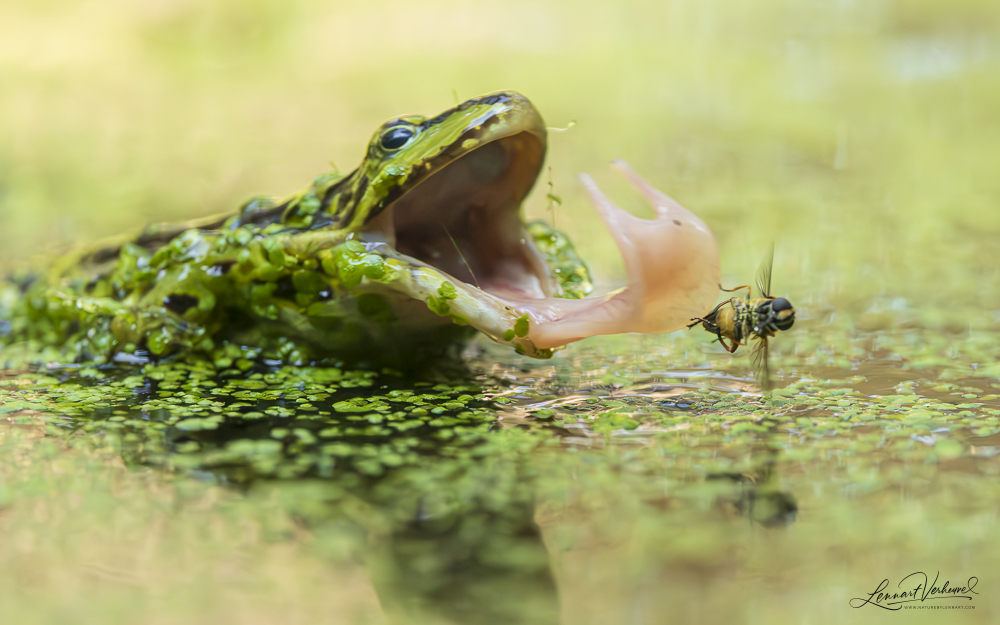- info@naturebylennart.com

June is not exactly the most thrilling month for birdwatchers. Migration has pretty much come to a halt—there’s still some movement, but compared to the spectacle of May, it feels rather uneventful. Personally, I even find June one of the slowest months of the year. I’m not too fascinated by fledglings, and after the excitement of May it’s a bit of a letdown to see the same species, in the same numbers, day after day in my local patches.
Copyright of articles and pictures on naturebylennart.com remains with Lennart Verheuvel and without permission they can not be used in any way
